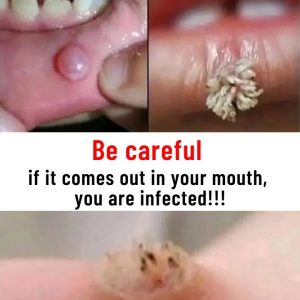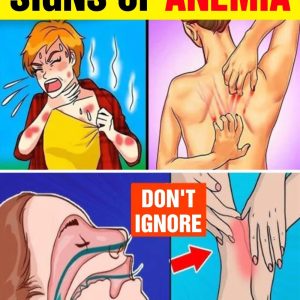A wrist ganglion, or synovial cyst, is a fluid-filled lump that forms on the wrist, typically on the back or front.
Though benign, it can cause discomfort and affect joint movement.
Ganglions form when synovial fluid accumulates in an abnormal bursa. Factors contributing to their appearance include repetitive wrist use, previous injuries, arthritis, and genetic predisposition.
Symptoms can include a visible lump, pain, discomfort during joint movement, and pressure or numbness if the cyst presses on a nerve. Treatment options depend on the cyst’s size and impact. These include observation, immobilization with a brace, aspiration (draining the fluid), or surgery if the cyst causes significant pain or limits mobility.





